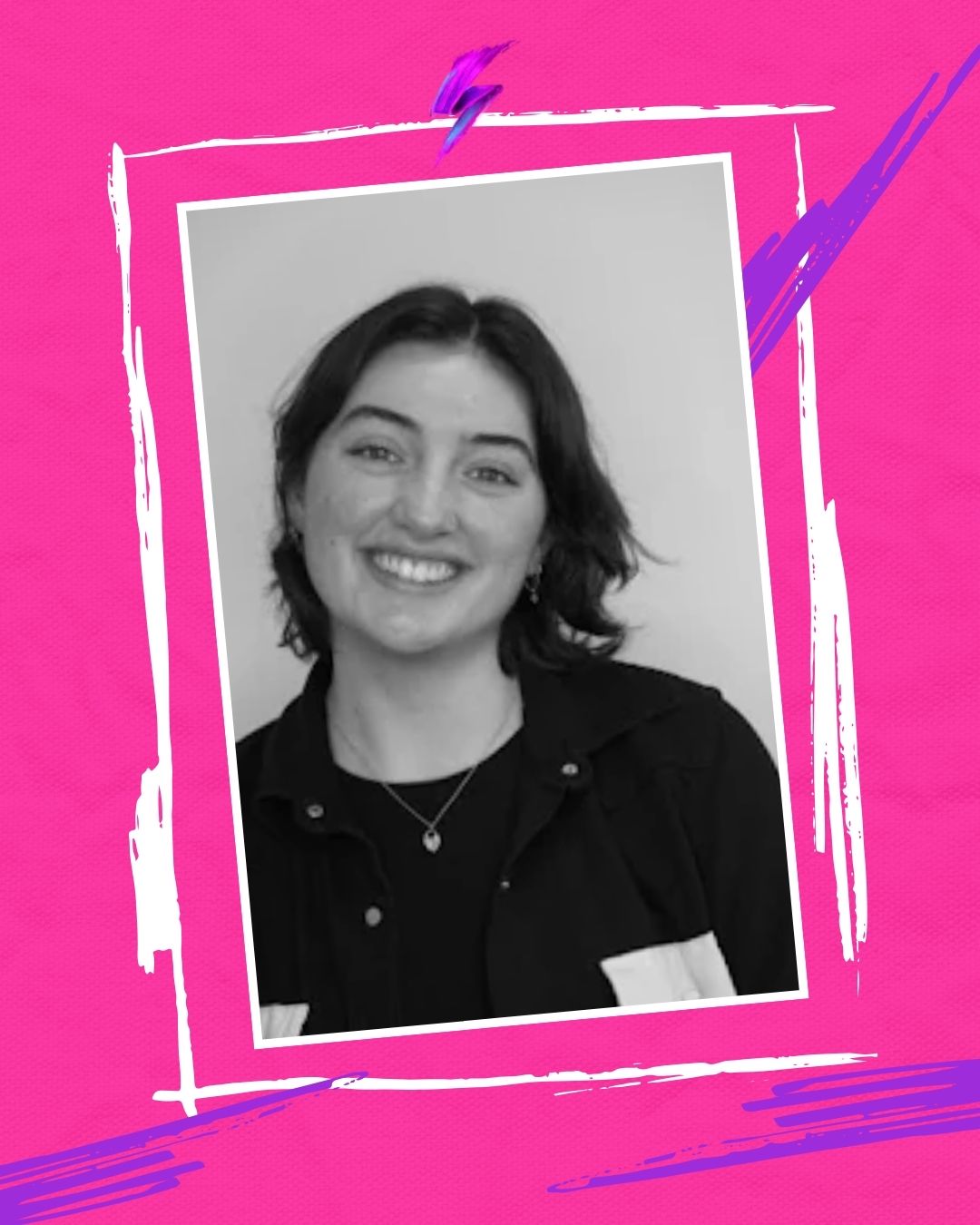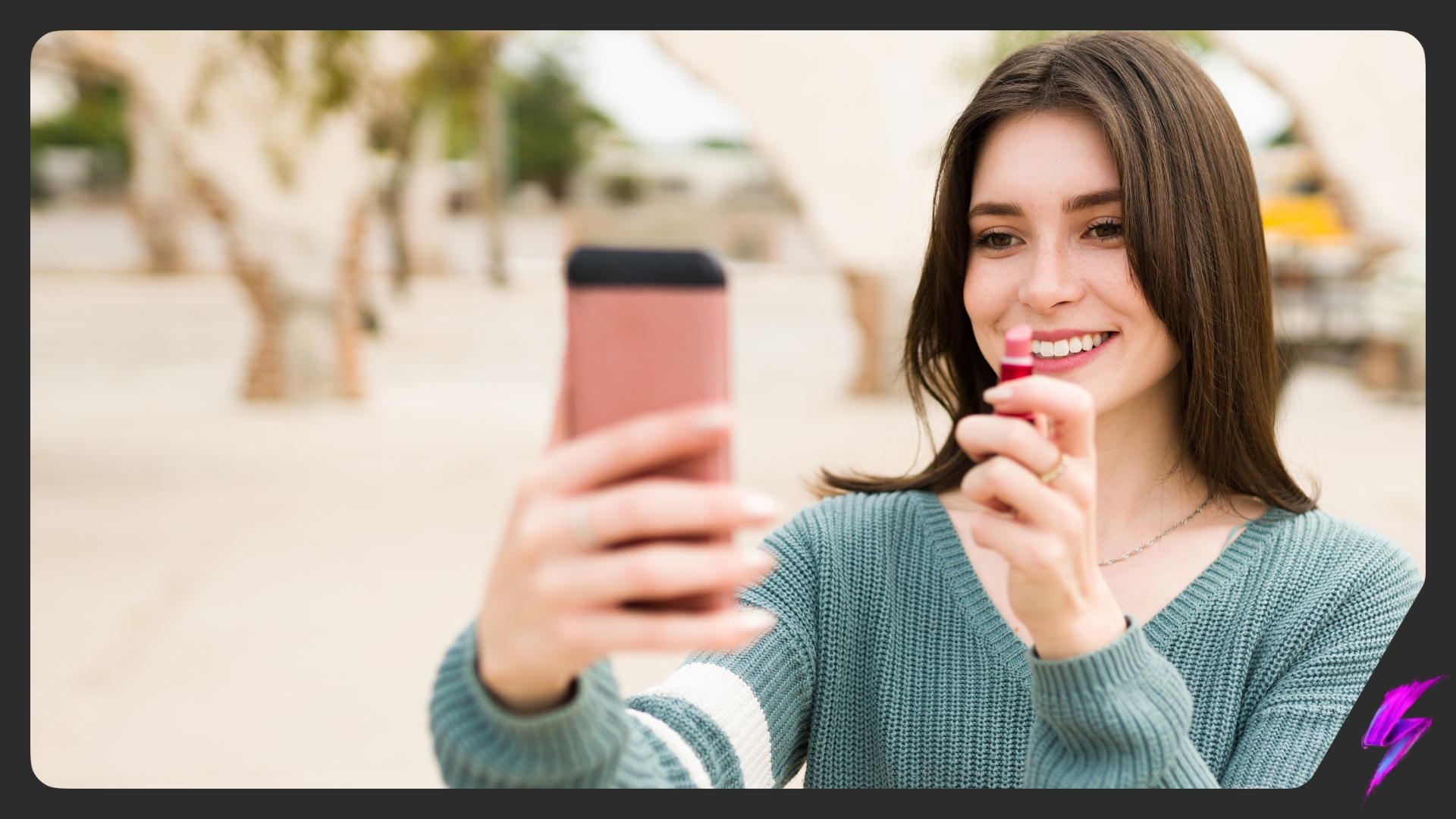The Evolution of TikTok: From Champion of Authenticity to Ad Channel
Aug 02, 2024
Social Media Platforms

Once the go to platform for raw, original content, the evolution of TikTok has led the platform to have become exactly like what it swore to hate.
TikTok’s popularity grew from its laissez faire, authentic nature. The fact that it was so different to the polished, over-edited content found on Instagram gained the platform a cult following seemingly overnight.
Yet, this did not last for long. Marketers were quickly drawn to the platform due to its incredible advertising abilities, and swiftly converted TikTok into a marketing machine. As more brands were pulled into TikTok, the more the platform moved away from its authentic roots.
In its new era of Instagram-esque, brand driven, influencer content, how are users responding?
Moreover, how can brands cut through the noise to stay ahead of the evolution of TikTok?
@skunkprincess23 LIKE ANY VIDEO THATS OVER A MINUTE I TRY ANS SIT THROUGH WHEN ITS HALFWAY IVER IT TURNS INTO A CONPLETELY DIFFERENT VIDEO THAT IS AN AD??????? HELLO?????? #tiktokad #whatisgoingon #why #nomore
THE EVOLUTION OF TIKTOK: FROM AUTHENTIC TO SPONSORED
When TikTok first came onto the scene in 2018, there was truly nothing else quite like it.
Users loved its unfiltered nature, which provided a well-needed respite from the perfect photoshopped content found on the likes of Instagram. The platform quickly became filled with short, snappy, honest videos. People became viral overnight for speaking directly to the camera from the comfort of their living rooms.
Beauty, in particular, quickly became a hot topic. Unedited, enthusiastic reviews filmed on someones’ iPhone 4 became the go to for consumers; need some information on that new blush you want? Simply check TikTok.
These quick and dirty videos could take any beauty product from never-heard-of-it to viral overnight. Glossier’s famous “You” perfume is a fantastic example of this, given that the product got its start after a user posted that it had “inspired men to chase her down the street and write poetry about how nice she smelled”.
@bitcoin_papi @Glossier sponsor me
Another success story, Peter Thomas Roth saw an increase of 30% in its overall year-over-year sales after a non-influencer showed her audience how quickly its FirmX Eye tightener had shrunk her eye bags. The post received 25 million views in the first week alone, starting a surge of influencer content about the product. At that point in time, TikTok took up less than 5% of Peter Thomas Roth’s marketing budget. Now, it takes up a whopping third.
When TikTok first began, the creator economy was just taking off. This meant that brands already on the platform did not have much competition to deal with. However, after just a handful of brands saw what the platform could do for their sales marketers flocked to it; begging small creators to generate sales with authentic content.
@trinidad1967
TikTok influencers, as a result, popped up everywhere, touting massive brand deals and promoting products left, right and center. Once, TikTok was a place one could go to escape advertising. Nowadays, due to the evolution of TikTok, it is where brands put the majority of their marketing budgets.
From March 2023 to March 2024, 49% of the 475 billion views on the TikTok content that mentions beauty was sponsored. As such, just under half of all the beauty mentions on TikTok are sponsored rather than organic. This is an incredibly high number, considering that prior to the evolution of TikTok the app was known for its lack of advertising.
For some brands, this rate is far higher. Cerave’s mentions are famously 80.9% paid, despite the fact that just 3 years ago their virality was almost entirely organic.
The growing monetisation of TikTok has changed the culture of the platform as a whole. Users are far more wise when it comes to advertising. Whilst a blatantly sponsored ad might have slipped past consumers prior to the evolution of TikTok, these days a user can spot an ad from a mile away.
As such, consumers desire more thoughtful content from brands. A simple sponsored post will not perform fantastically, as many TikTok users are disgruntled with the platform’s new marketing status.
In an interesting way, we are heading back to where we started. TikTok began as an authentic app where organic videos bought products virality. This drew brands to the platform, increasing the amount of polished, branded content on TikTok. After some time, audiences have grown bored of this, seeking instead less advertising and more content like the old days.
So, how can brands market on TikTok in light of its overcrowded market and disillusioned audience?
@maddiepeed WHAT IS HAPPENING 👀 #tiktokad #tiktokads
WHERE DO BRANDS FIT IN AFTER THE EVOLUTION OF TIKTOK
TikTok is still a major sales driver for many brands, yet the strategy has shifted substantially.
Rather than relying on traditional influencer led partnerships, brands are leaning into boosted creator ads. This model creates more authentic and organic content, which performs far better with TikTok’s current audience.
Brands are also shifting more to TikTok Shop, which has proven incredibly successful for up-and-coming fast moving consumer goods brands. Through TikTok Shop, a brand’s advertising and products can remain separate from their regular content. Small, simple ads can be sprinkled through a brand’s account, rather than dominating it entirely.
The evolution of TikTok has been immense. Once the platform for authentic content, it has become the go to social media app for marketers. This has led to an oversaturation of branded content on TikTok, leaving consumers hungry for organic content and less advertising.
To cater to this need, brands must tread carefully. Focus on boosted creator ads and TikTok Shop to reach target audiences without alienating them. Remember your audience and brand identity – champion these at every turn.
More than ever, stay on top of TikTok sentiments. It seems that any day now attitudes towards the platform could turn.
Our Influencer marketing agency and Social agency are located worldwide, with our agency network based in the USA, UK, UAE and China.
If you want to receive our industry insights, visit our Influencer Marketing & Social Media blogs here.
@sociallypowerful
Social And Influencer Marketing News + Insights
Get in touch
We'll show you how to start powerful conversation, drive social engagement, build your brand, hit sales targets or meet other goals you have, wherever you are in the world.
Work with us





